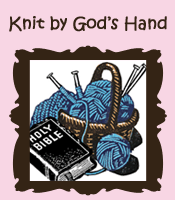
I have posted the emblem of my hometown, Marion, NC which has a lot of the Southern Cemeteries described in this blog below by Stephanie Lincecum.
The Southern Cemetery
by Stephanie Lincecum
I’ve been thinking about the southern cemetery quite a bit lately. By “southern,” I mean cemeteries found in the southern part of the United States. It seems the most prominent, most grand, most intricate, most angelic, and most beautiful cemeteries and gravestones that are proudly and splendidly displayed online are from locations in the northern United States. Does this mean these same beautiful images cannot be found in the South? Of course not. I could list many, many grand displays from “down here.” If we are to be honest, though, these types of cemeteries and gravestones are not the norm.
Recently, while visiting a small church cemetery in middle Georgia (in a little town I had never heard of), I was reminded of why I love the southern cemetery. It has nothing to do with grand markers placed for prominent individuals.
It’s the fact that they can be located right next to a field of cattle. It’s the peaceful silence, with only the sounds of birds, because very few cars bother to travel this out-of-the-way road. It’s the obvious love of family, all grouped together. Sometimes with a large surname marker and several more little markers surrounding it. All adorned with a first name only. It’s all the trinkets left at a grave. You know they mean something to the one buried there. It’s the homemade tombstones. The homemade crosses. It’s the mounds of dirt with flowers at the head when a tombstone cannot be afforded. It’s the idea that a family that can afford a large, marble, pedestal tombstone with an urn on top is buried right next to a family that chose a simple concrete plaque marker. It’s even the living people you might meet. They are eager to greet you, ask how you are doing, tell you who they are there to visit, and then tell you why they miss them so. Huge monuments are not what makes the southern cemetery a wondrous sight to see.



